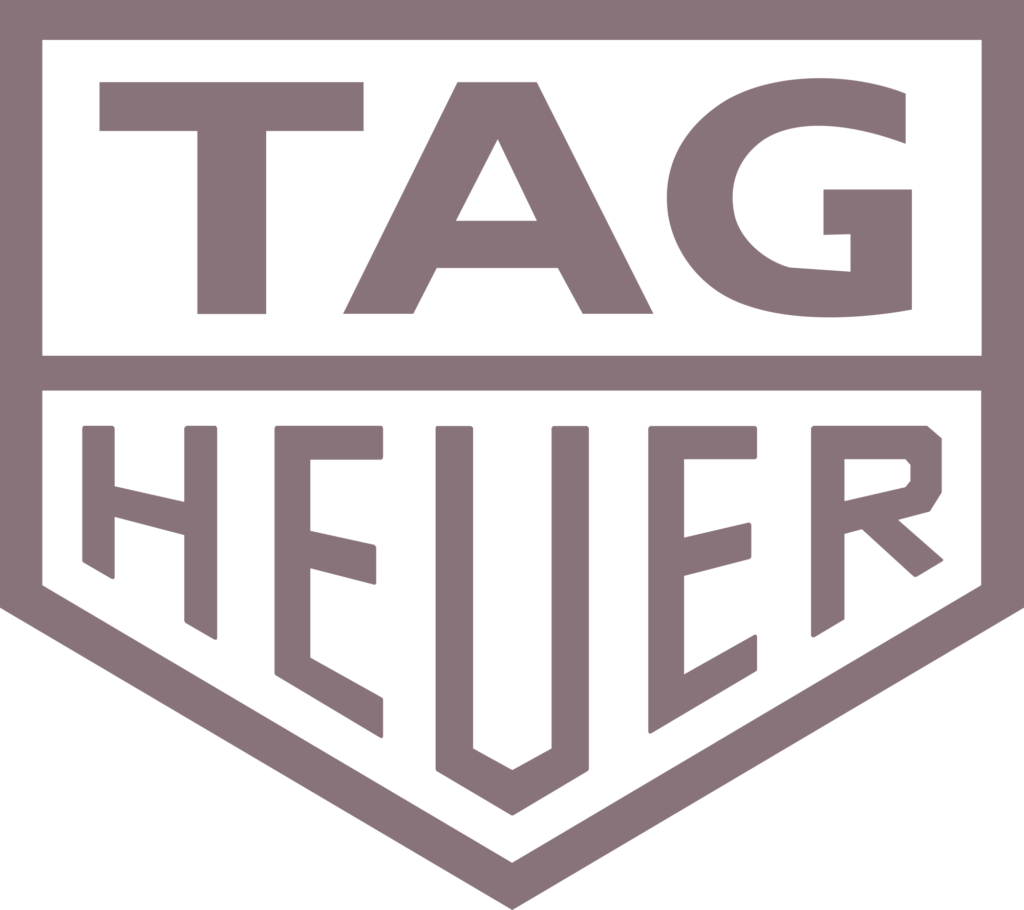Luxury goods
While the luxury goods industry is benefiting from increasing global demand, it is also having to adapt to clients’ changing expectations: consumers have a growing taste for novelty, customisation and a fluid, customer-oriented omnichannel experience, as well as increasing expectations that companies take responsibility for social and environmental issues in relation to their business.
Challenges in the luxury goods industry
These market evolutions are driving the traditional luxury goods industry towards business transformations in order to stay competitive. There are particular challenges including a need to improve attractiveness through faster product launches and total customisation. This requires reinventing product development processes including 3D conception and “lean” cycles. Luxury goods companies also need to transform effectively to omnichannel retailing, offering custom-fit services guaranteeing a perfect fluidity between channels.
Other challenges include optimising collection management (control of breadth and depth) through a location-based assortment approach, relying in particular on merchandise planning and data science tools. There is an urgent requirement to be more socially and environmentally responsible through transparency in production processes (especially in low-cost countries) and the reduction of greenhouse gas emissions (IOT traceability, low carbon transportation technologies etc). There is also a need to counter demand volatility and consumer versatility and to avoid soon-to-be forbidden product destruction, driving them to develop predictive technology and supply chain agility.
How we can help the luxury goods industry
We collaborate with our luxury clients worldwide, along the entire value chain, to guide them in their transformations. For example:
Process re-engineering
- From product conception to warehouse deliveries, with a mindset of optimising delays and increasing quality standards
Inventory planning
- Collection, assortment and inventory planning and steering on both a macroscopic (categories and regions) and microscopic scale (in-store SKU) based on the best merchandise planning tools and practices
Sales forecasts
- Improving reliability of sales forecasts using data science
Process and systems
- Management of shortage and allocation (raw materials, new products, best-sellers)
- Lean procedures in logistics and production sites
Optimisation and transformation
- Redesigning logistics networks and optimisation of transportation flows
- Taking advantage of the benefits of IOT technologies
- Real time traceability and warehouse automation
- Definition and implementation of omnichannel transformation (service pallets, inventory centralisation strategies, order management) and
- Optimisation of in-store back-office operations
HR transformation and change management
- Mobilising stakeholders and support in the business and organisation transformation
Our approach
We apply a combination of technical expertise, operational experience, and business knowledge to help our clients solve luxury goods issues and deliver lasting results. Our personal and pragmatic approach, with challenge where needed, ensures buy-in at all levels of our clients’ businesses and a successful outcome. We have worked with a wide range of organisations in the luxury goods industry including Moët Hennessy, Guerlain, Coach, Burberry, TAG Heuer, Richemont, Calvin Klein, L’Oréal Paris, Louis Vuitton and Clarins. Learn more about us here.











